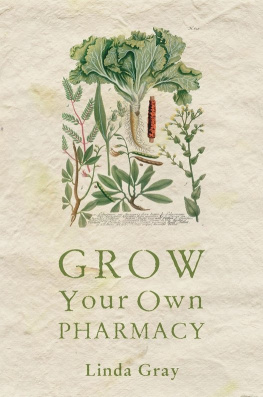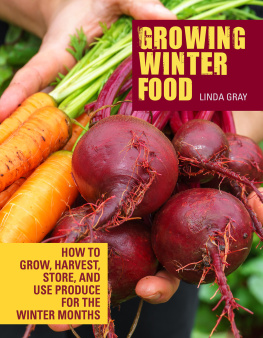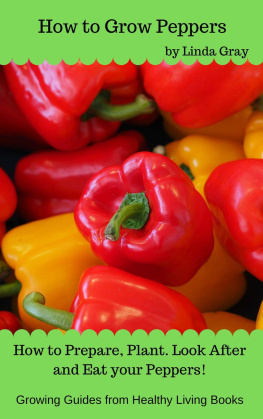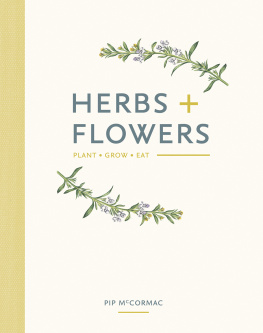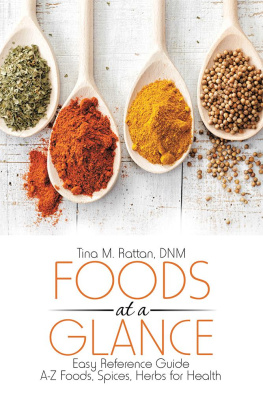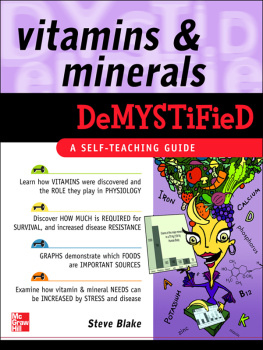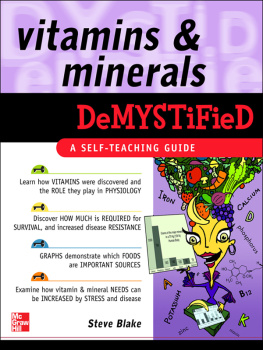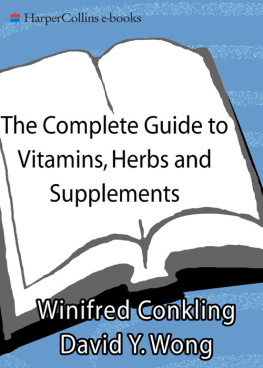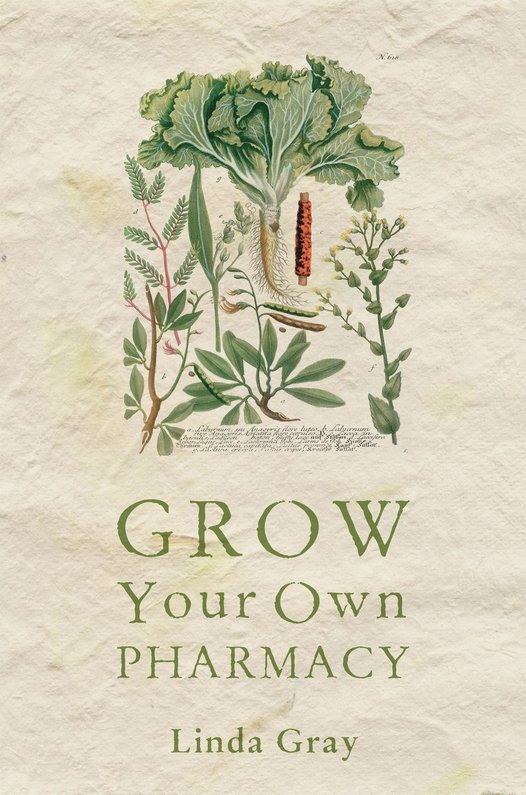American and Canadian Sites:
American Autoimmune Related Diseases Association www.aarda.org
American Dietetic Association www.eatright.org
Council for Responsible Nutrition www.crnusa.org
Health Castle www.healthcastle.com
Linus Pauling Institute http://Ipi.oregonstate.edu/infocenter
National Womens Health Network www.womenshealthnetwork.org
Nutrition Data www.nutritiondata.com
Office of Dietary Supplements http://ods.od.nih.gov/index.aspx
Pyramid Plan www.mypyramid.gov
US Food and Drug Administration www.fda.gov
Worlds Healthiest Foods www.whfoods.com
West Virginia Dietetic Association www.wvda.org
Plant Information:
BBC Gardening www.bbc.co.uk/gardening
Botanical www.botanical.com
Divine Energy Spirit www.divineenergyspirit.com/Herbs.htm
Drying Foods www.ag.uiuc.edu/vista/html_pubs/DRYING/dryfood.html
Flower and Garden www.flower-and-garden-tips.com
Garden Action www.gardenaction.co.uk
Garden Guides www.gardenguides.com
Mushroom Council (US) www.mushroomcouncil.org
National Gardening Association www.garden.org
The Foody http://thefoody.com
Think Vegetables www.thinkvegetables.co.uk
Chapter One
Ingredients for a Healthy Body
These are nine of the most common vitamins that should be present in our daily diet. All of these vitamins can be produced from everyday fruit and vegetables and can be grown in an average garden with a little careful planning.
RDA Table (or RDIrecommended daily intake)
| Female RDA | Male RDA |
|---|
| Vitamin A | 700mcg. | 900mcg. |
| Thiamine (B1) | 1.1 mg. | 1.2mg. |
| Riboflavin (B2) | 1.1 mg. | 1.3mg. |
| Vitamin B6 | 1.3mg. | 1.3mg. |
| Vitamin C | 40mg.60mg. | 40mg.60mg. |
| Vitamin E | Approx. 3mg. | Approx. 4mg. |
| Niacin (B3) | 13mg. | 17mg. |
| Folate | Approx. 200mcg. | Approx. 200mcg. |
| Pantothenic Acid (B5) | Approx. 5.0mg. | Approx. 5.0mg. |
Vitamin B12 and vitamin D are two very important vitamins to maintain a healthy body. These two vitamins are present in animal and dairy products as well as in light and sunshine and will not be part of this book.
RDA Table (or RDIrecommended daily intake for B12 and D vitamins)
| Female RDA | Male RDA |
|---|
| Vitamin B12 | 1.0mcg.1.5mcg. | 1.0mcg.1.5mcg. |
| Vitamin D | Approx. 5.0mcg. | Approx. 5.0mcg. |
Vitamin A
Vitamin A acts as an antioxidant, neutralising free radicals when necessary. It is fat soluble and is stored in the body, mostly in the liver. Too much vitamin A is not good for the body and can result in fatigue and blurred vision. Too little vitamin A can result in unhealthy skin, wounds healing slowly and serious eye conditions. Vitamin A is needed for good vision, healthy skin and normal bone development. Carrots are the most common source of vitamin A. One medium-sizedcarrot will provide nearly all your daily recommended allowance. Generally, 50200g. of source food provides approximately 150mcg. of vitamin A.
Good sources include:
- Apricots
- Artichokes
- Broccoli
- Brussels sprouts
- Cabbage
- Cantaloupe
- Carrots
- Cherries
- Cos lettuce (romaine)
- French beans
- Garlic
- Kale
- Onions
- Peppers
- Pumpkins
- Runner beans
- Spinach
- Sweet potatoes
- Tomatoes
- Turnip greens
- Watercress
Vitamin B1
Vitamin B1 converts carbohydrates and fats into energy. It helps the heart, digestive and nervous systems to function properly. Vitamin B1 cannot be stored in the body and should be replenished on a daily basis. A deficiency of vitamin B1 is rare but can occur in people who have a high alcohol intake; they will show symptoms such as poor appetite, fatigue and weight loss. 25100g. of the source food will provide approx. 0.1 mg. of vitamin B1.
Good sources include:
- Artichokes
- Cabbage
- Carrots
- Cauliflower
- Celeriac
- Chicory
- Endive
- Garlic
- Leeks
- Mushrooms
- Nuts
- Onions
- Parsnips
- Peas
- Potatoes
- Pumpkins
- Seeds
- Soya beans (soy beans)
- Spinach
- Swedes (rutabagas)
- Sweet corn
- Watercress
- Whole grains and wholemeal products
Vitamin B2
Vitamin B2 is a little known vitamin that does a lot. It is essential in normal growth development and releases the energy from carbohydrates. Lack of vitamin B2 can result in anaemia, sore throats, mouth ulcers, dry skin and even eye sensitivity to bright lights. Milk and yoghurt are the most common source of vitamin B2. Between 85 and 300g. of source food provides 0.1mg. of vitamin B2.
Good sources include:
- Artichokes
- Asparagus
- Broccoli
- Garlic
- Mushrooms
- Okra
- Onions
- Salsify
- Spinach
- Turnip greens
- Whole grains
Vitamin B6
Vitamin B6 helps manufacture antibodies to fight infection and, as with all the B vitamins, B6 plays a major role in keeping blood cells acting efficiently. There are medical conditions that naturally decrease the amount of B6 in the blood, such as asthma, kidney disease and diabetes. Symptoms of a mild B6 deficiency include cracked lips, nausea and diarrhoea. A more severe deficiency could result in loss of appetite, anxiety and depression. A particularly good source of vitamin B6 is bananas. 100250g of food source will provide 0.5mg. of vitamin B6.
Good sources include:
- Aubergine (eggplant)
- Bananas

